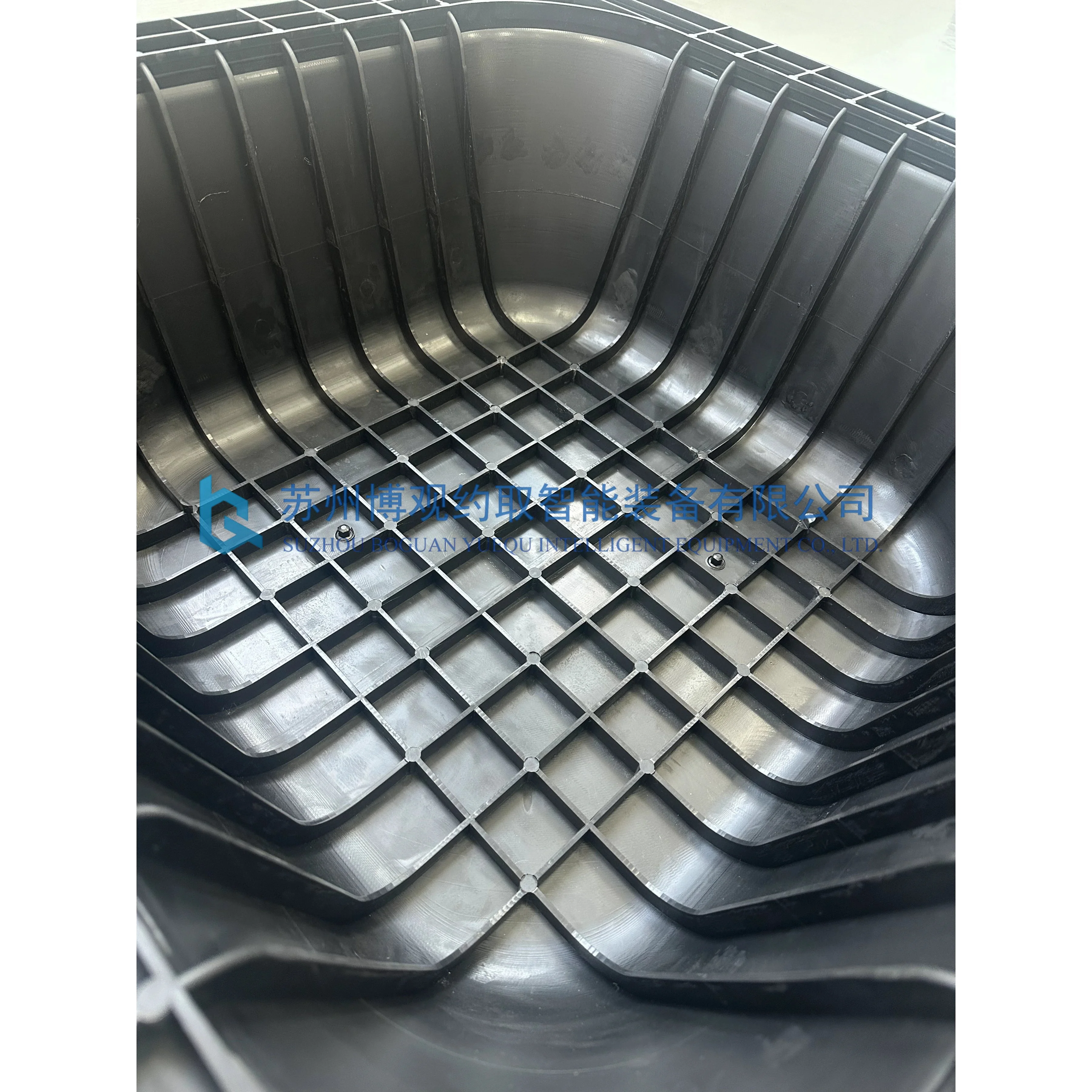Mastering the Art of Exterior Wall Tiling: A Comprehensive Guide for Homeowners and Professionals
Tiling an outside wall is not merely a decorative endeavor; it is a strategic approach to enhancing the aesthetic appeal and durability of your home’s exterior. Whether you are looking to revamp your patio, create a stunning feature wall, or protect your home from the elements, understanding the intricacies of exterior wall tiling is essential. This guide will delve into the essential steps, materials, and techniques required to achieve a professional finish, ensuring your project stands the test of time.
Understanding the Importance of Exterior Wall Tiling
Before embarking on your tiling project, it is crucial to comprehend why exterior wall tiling is beneficial. Tiling not only adds visual interest but also provides a protective layer against weather conditions, moisture, and pests. Additionally, well-installed tiles can improve insulation, contributing to energy efficiency.
Step 1: Planning and Preparation
Assessing the Surface
The first step in tiling an outside wall is to assess the surface you intend to tile. Ensure that the wall is structurally sound, free from cracks, and clean. Any existing paint or debris should be removed to create a smooth, even surface. If the wall is porous, consider applying a primer to enhance adhesion.
Choosing the Right Tiles
Selecting the appropriate tiles is crucial for both aesthetics and functionality. Common materials for exterior wall tiles include ceramic, porcelain, natural stone, and glass. Each material has its own set of properties:
- Ceramic Tiles: Affordable and available in various designs, but may not be as durable in extreme weather.
- Porcelain Tiles: Denser and less porous, making them ideal for outdoor use due to their resistance to moisture and temperature fluctuations.
- Natural Stone Tiles: Offer a unique, rustic look but require sealing to prevent water absorption.
- Glass Tiles: Provide a modern aesthetic and reflect light, but can be more challenging to install.
Step 2: Gathering Tools and Materials
Before starting your project, gather the necessary tools and materials:
- Tools: Trowel, tile cutter, level, measuring tape, sponge, bucket, and safety gear (gloves, goggles).
- Materials: Tiles, thin-set mortar, grout, tile spacers, and a waterproofing membrane (if necessary).
Step 3: Preparing the Wall
Waterproofing
For areas exposed to moisture, such as near pools or in humid climates, applying a waterproofing membrane is essential. This layer will protect the wall from water damage and mold growth.
Marking Guidelines
Using a level and measuring tape, mark horizontal and vertical guidelines on the wall. This will serve as a reference to ensure your tiles are aligned correctly.
Step 4: Applying the Tiles
Mixing the Mortar
Follow the manufacturer’s instructions to mix the thin-set mortar. The consistency should be similar to peanut butter—thick enough to hold the tiles but spreadable.
Setting the Tiles
- Apply Mortar: Using a trowel, spread a layer of mortar onto the wall, covering a manageable area (about 2-3 square feet).
- Place the Tiles: Press the first tile firmly into the mortar, twisting slightly to ensure a strong bond. Use tile spacers to maintain even gaps between tiles.
- Continue Tiling: Repeat the process, working your way across the wall. Regularly check for level and alignment.
Step 5: Grouting
Once the tiles are set and the mortar has cured (typically 24 hours), it’s time to grout.
- Mix the Grout: Prepare the grout according to the manufacturer’s instructions.
- Apply Grout: Using a rubber float, spread the grout over the tiles, pressing it into the gaps.
- Clean Excess Grout: After allowing the grout to set for about 15-30 minutes, use a damp sponge to wipe away excess grout from the tile surfaces.
Step 6: Sealing and Finishing Touches
After the grout has fully cured (usually 72 hours), apply a sealant to protect both the grout and tiles from moisture and stains. This step is particularly important for porous materials like natural stone.
Maintenance Tips
To ensure the longevity of your exterior wall tiles, regular maintenance is key. Clean the tiles periodically with a mild detergent and water, and inspect for any signs of damage or wear. Promptly address any issues to prevent further deterioration.
Conclusion
Tiling an outside wall is a rewarding project that can significantly enhance your home’s exterior. By following the steps outlined in this guide, you can achieve a professional-looking finish that not only beautifies your space but also provides lasting protection against the elements. Whether you are a seasoned DIY enthusiast or a homeowner looking to improve your property, mastering the art of exterior wall tiling is within your reach. With careful planning, the right materials, and attention to detail, your outdoor tiling project can be a resounding success.

